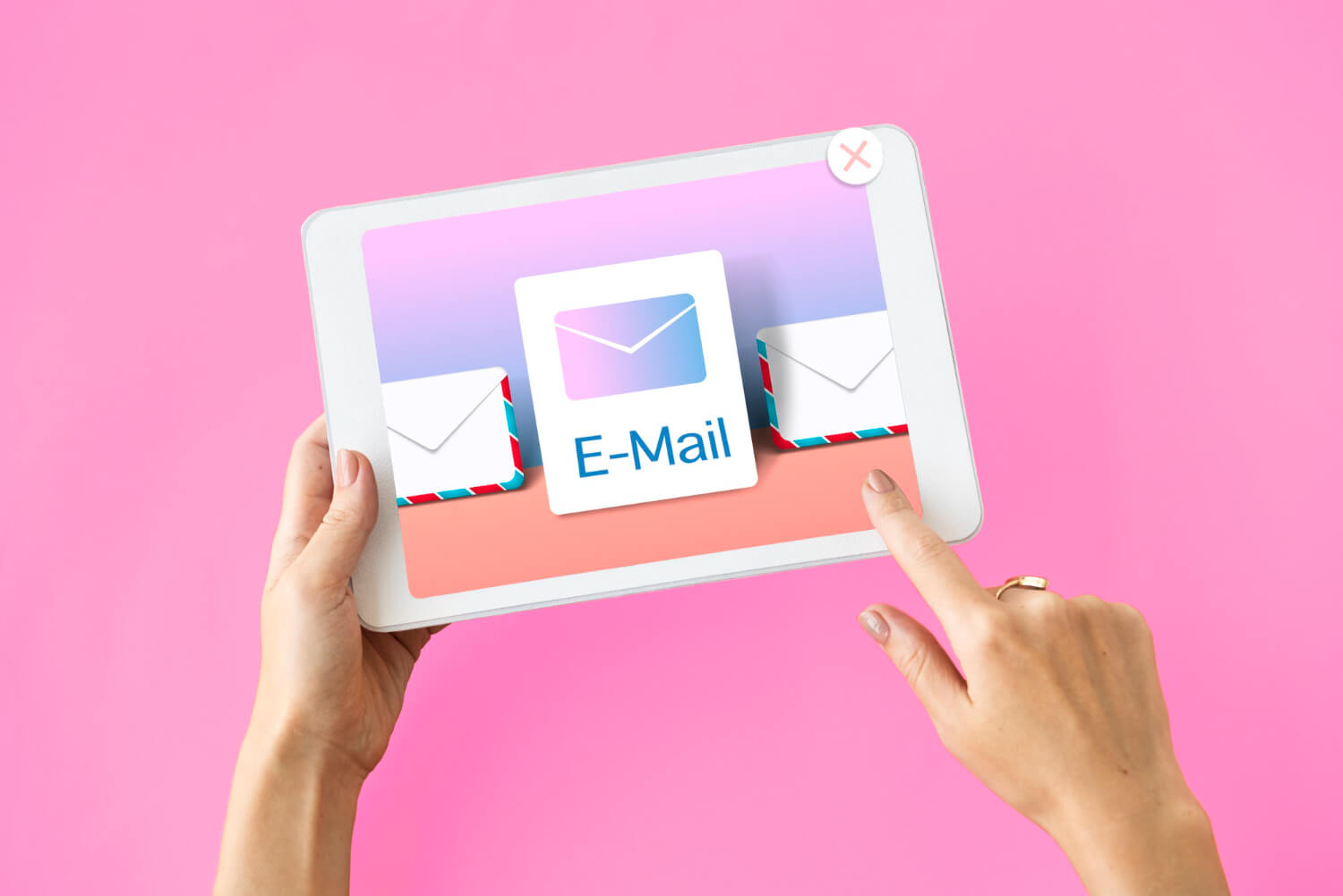Your Advertising Budget
How much you spend on advertising depends on your position in the market, the competition…
Our content is reader-supported. Things you buy through links on our site may earn us a commission
Never miss out on well-researched articles in your field of interest with our weekly newsletter.
Subscriber

How much you spend on advertising depends on your position in the market, the competition…

This list of things to AVOID is important - to protect the integrity and boost…

Email Marketing is so important that you should have this checklist at your fingertips when…

Garbage in, garbage out. When you really need specific information and don’t have a lot…

Business has never had a bigger vehicle for positive word-of-mouth advertising. Fun campaigns can go…

Business MUST adopt and USE a social networking and social media marketing strategy NOW –…

The internet works brilliantly because keywords drive everything. They’re the basis for every search engine…

The internet works brilliantly because keywords drive everything. They’re the basis for every search engine…

Recently released, Use Your Head To Get Your Foot In The Door, offers much-needed motivation…
Every business needs to distill their message down to an effective core marketing message that…

Online marketers are becoming very good at honing the craft of creating effective emails. Best…

The Google Sandbox, though not officially recognized or confirmed by Google, is widely recognized by…

Management should clearly define company objectives, conduct codes, usage guidelines, and authorities, then treat these…

When you create goodwill with customers by actually DELIVERING those benefits, they will tell their…

No one has time to actually read everything that comes across our computer screens. So…

Interested in tracking the top viral ads? Keep this link among your favorites and enjoy…